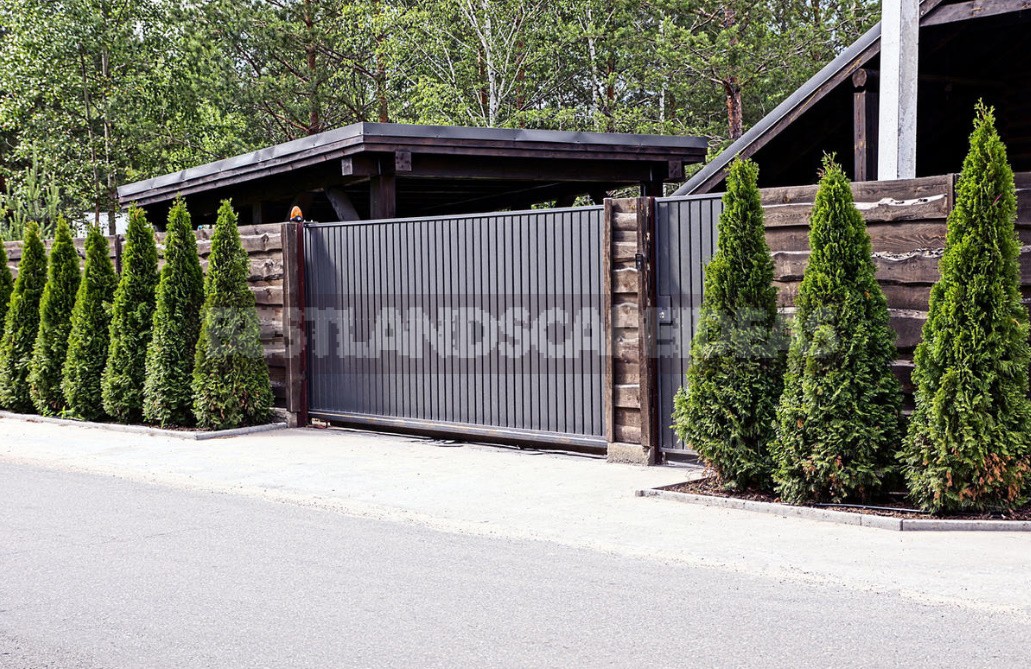
Often, the fence is the first construction that the owners undertake on the purchased new site. Fences can be wooden, latticed, brick, or metal. Having overcome the problem of choosing the type of fence, the newly minted landowner approaches the next stage — the selection of entrance gates.
All entrance gates can be divided into 3 types:
- swing doors;
- lifting;
- rollback.
How the swing gate is arranged, most likely, is known to everyone — as well as ordinary doors on hinges. In their principle of operation, they are similar to the doors of popular wardrobes and have the same advantages: they require much less “dead” space to move the sash compared to the swing options. Well, lifting gates (sectional, roll, etc.), in which the cloth covering the opening rises to the top, are most often used not for entering the site, but in garages.

Each type has its own technical characteristics, positive and negative performance qualities; each has something to say. In this material, we will talk about sliding gates, as well as the possibility of making them with your own hands.
Types of sliding gates
According to the device, the sliding gate can be cantilevered or moving along the upper or lower guide. Those that move along the rails are more reliable in operation, easier to perform, and therefore cheaper. But they have a number of not too practical nuances.
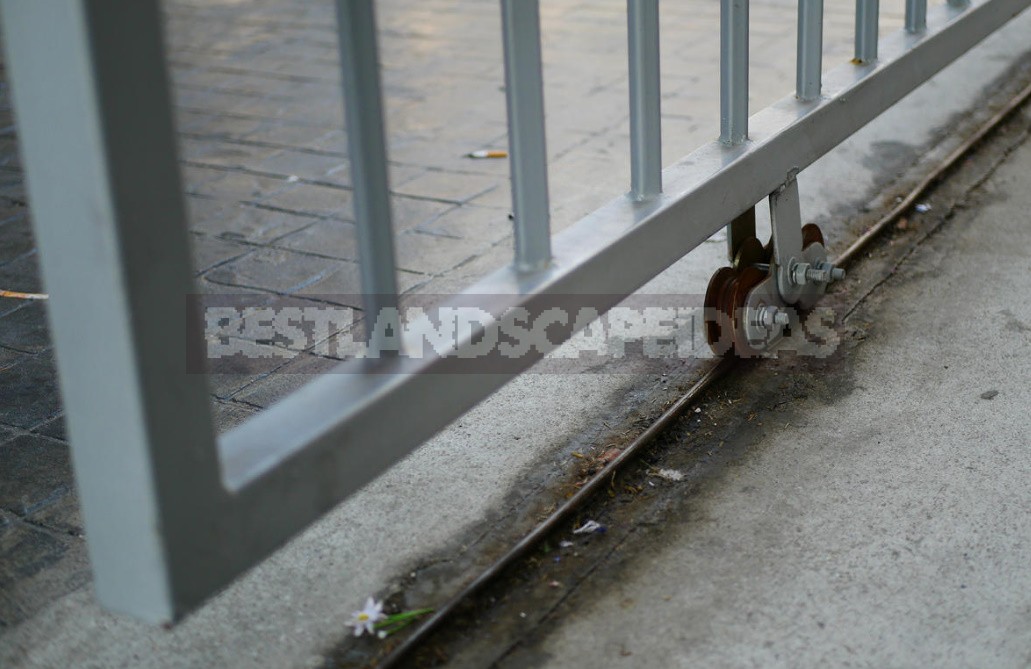
Rollback on the rail
The simplest option, when the leaf moves along the lower guide, is a gate that is rolled back along the rail. On the ground, a rail is laid across the opening; the gate leaf has roller carriages at the bottom, resting on this rail and moving along it. The upper part of the sash is held by a bracket with a roller attached to the gate post.
The design is simple, there is almost nothing to break. Such gates require a small space to roll back the sash — only the size of the sash itself. Solid advantages!
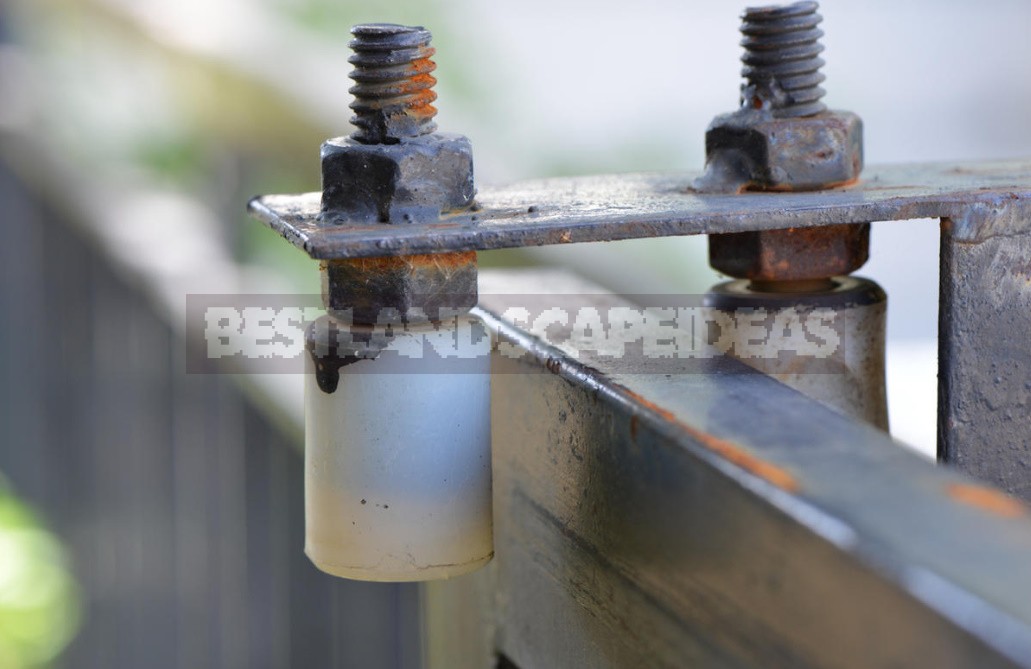
However there are some restrictions when using:
- it is preferable if the gate is not blind, but latticed to reduce the wind load;
- it is necessary to make sure that the rail on the ground is not filled with debris (for example, fallen leaves);
- if you live in a region with snowy winters, the operation of such a structure in winter is much more difficult. And if you visit your country house in winter only from time to time, be prepared to spend some time in front of the gate on arrival, digging up the snow-covered and icy rail.

Hanging from the upper rail
For the movement of suspended gates over the passage, a rail is strengthened, along which a leaf slides on roller trolleys, like curtains on a cornice. Most often, these entrances can be found in industrial zones. Like the gate with the lower rail, this option is very reliable: in many enterprises, sliding structures with the upper rail regularly serve for decades.

The disadvantage of this mechanism is the notorious upper rail — over the passage opening will be a bridge. And if this does not become an obstacle for a passenger car, then trucks will not be able to enter your yard. Industrial gates have a significant height — 4-5 m. The owner of a country plot often cannot afford such high structures. You can solve the problem by installing a removable jumper if trucks come to you, but not too often. However, the removable rail complicates and increases the cost of the gate.
Cantilever
In the types of sliding gates described above, the carriage with rollers is fixed to the sash, and the guide on which the whole structure slides is stationary — laid on the ground or fixed on two supports on the gate posts. In cantilever gates, the opposite is true: roller carriages are stationary, and the guide rail is part of the gate leaf, and it moves with it.
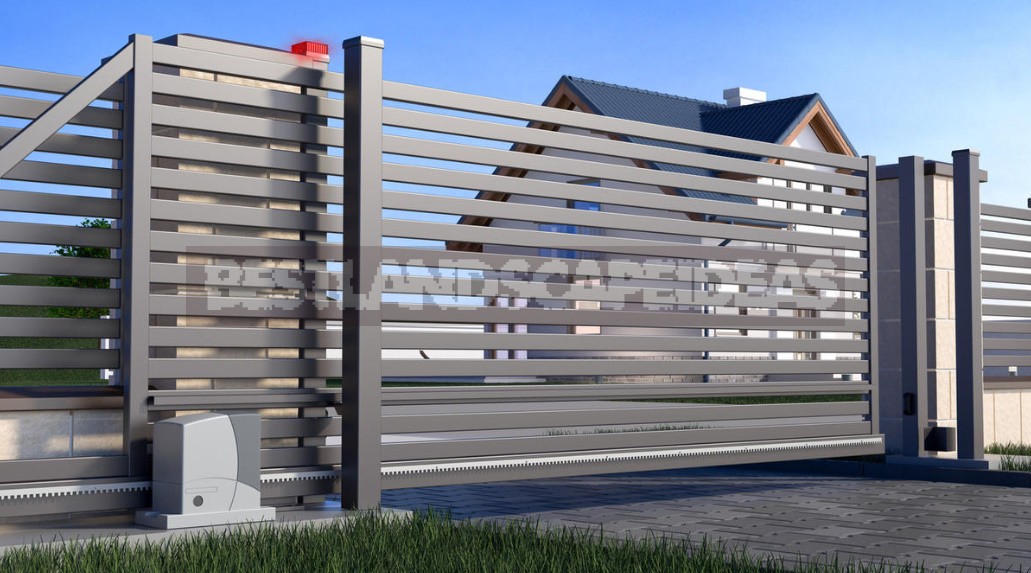
This type of gate is the most difficult to implement, especially for self-manufacturing, but it is best suited to the climate of most of our country. The sash can be placed very low (for example, so that dogs can not get under the gate). However, marked snow drifts of any height will not be a big obstacle to its movement, since it does not contact the ground.
In addition to the more complex design, the disadvantages of sliding cantilever gates include:
- the required large space for rollback. It is equal to the size of the leaf itself plus the length of the counterweight of the console — the “dead” zone is 1.5-2 times wider than the passage;.
- it is more difficult to block very large openings. This is due to the increased weight of the gate, which means that more powerful supports and structural elements are required, which, in turn, also increase the overall weight;.
- the terrain in the area of the gate will also serve as a barrier to opening.
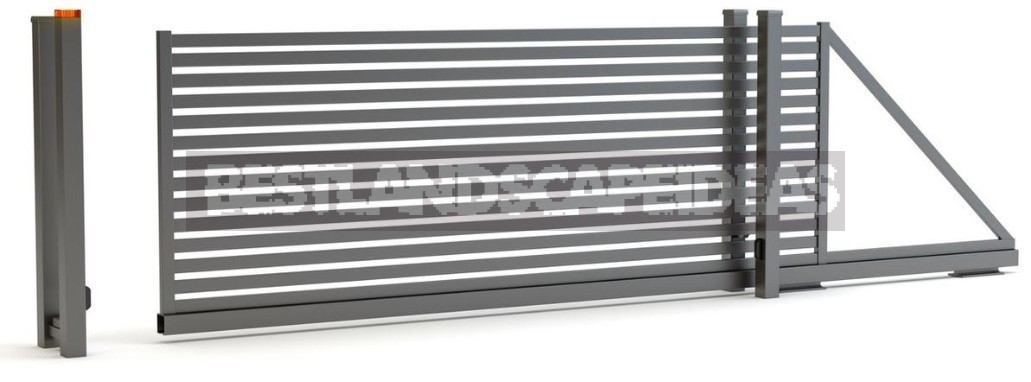
The cantilever beam can be placed in 3 positions: in the lower, middle or upper part of the sash.

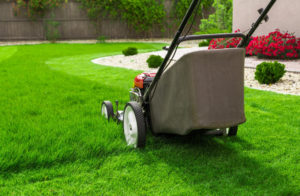
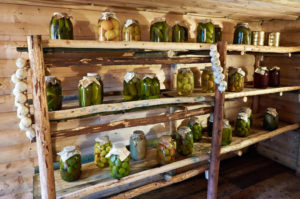

Leave a Reply